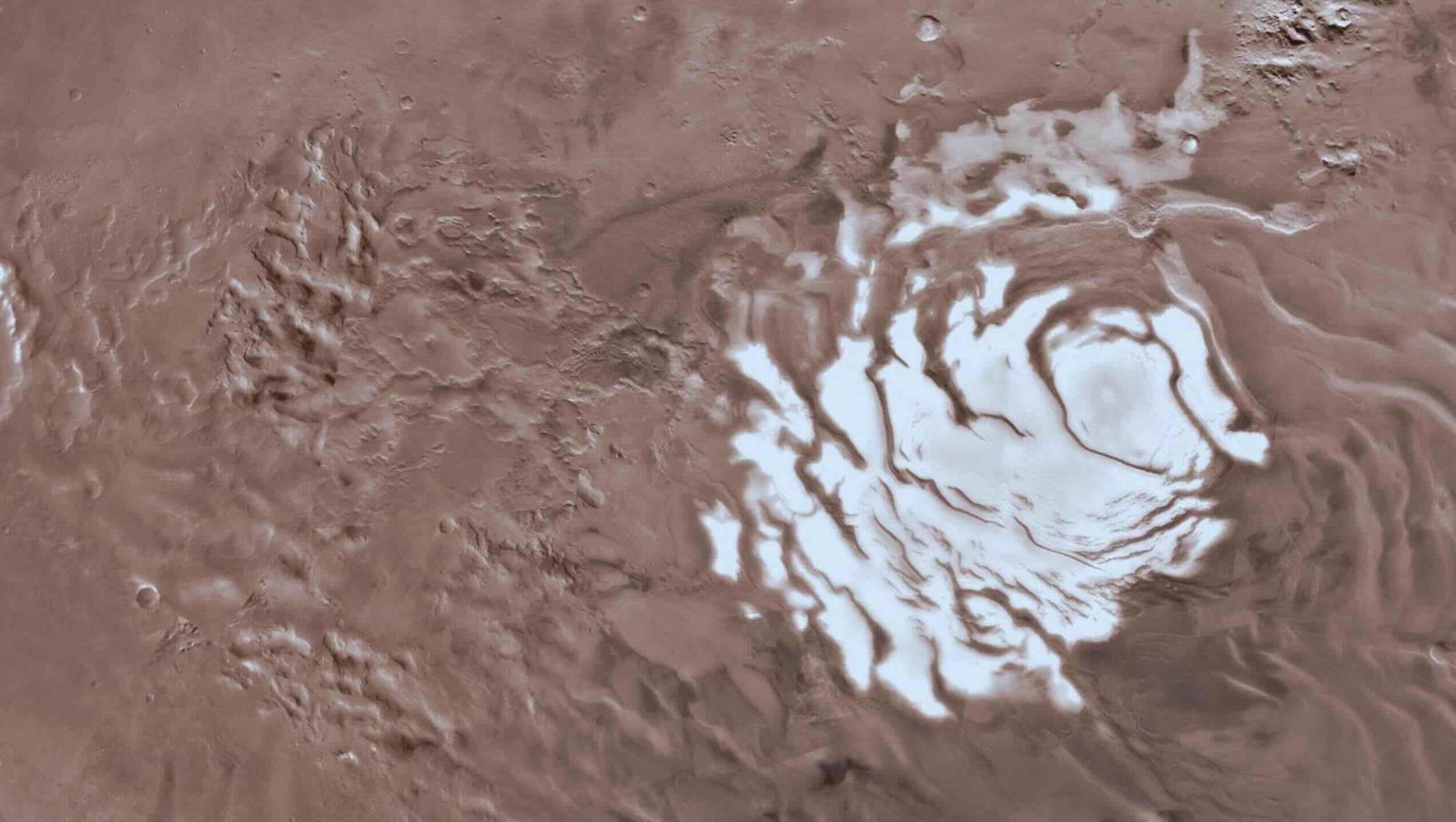Scientists have discovered that exposed ice on Mars could create conditions suitable for photosynthesis, suggesting the possibility that microbial life could thrive there despite the planet’s harsh environment and intense ultraviolet radiation.
The new findings reveal the potential for the existence of life on the Red Planet near its sub-latitudes, revealing that photosynthetic organisms may be uniquely suited for survival in certain icy exposed regions on the planet.



The article is a bit sensationalized (as with a lot of science journalism). Nothing has really been “discovered” - an analysis of current data on Martian environmental conditions suggests that there might be a narrow window in which photosynthesizing organisms could live. The title of the paper is literally Potential for photosynthesis on Mars within snow and ice.
The potential is highly conditional:
Seriously this is so narrow:
Still, though:
The paper mentions terrestrial cyanobacteria which survive in similar conditions, so it’s possible that if life ever developed on Mars it could exist there.
I think the most interesting conclusion here is that there might be suitable conditions for living organisms on Mars right now, where most of the research has been looking for signs that life existed there millions of years ago. We really do need to investigate these possibilities further before any humans (giant sacks of bacteria) go and contaminate the environment.